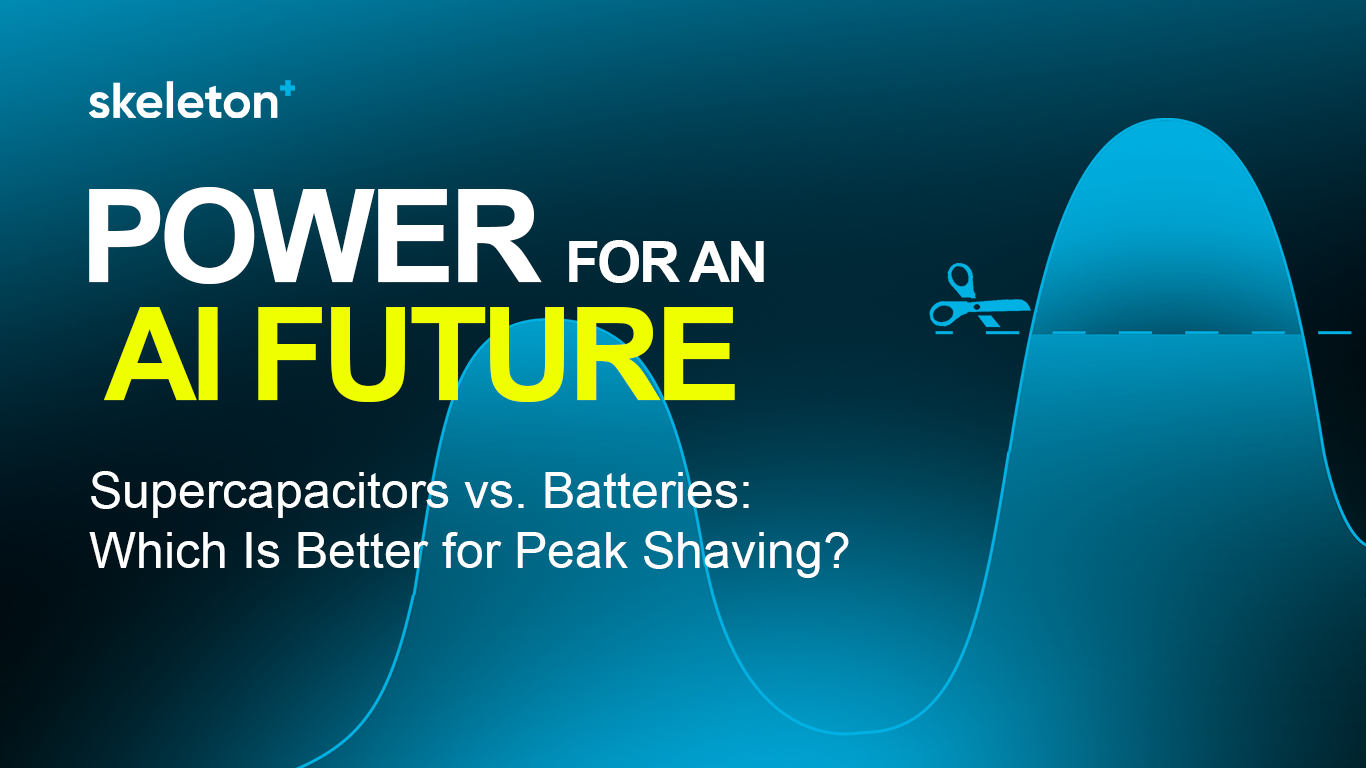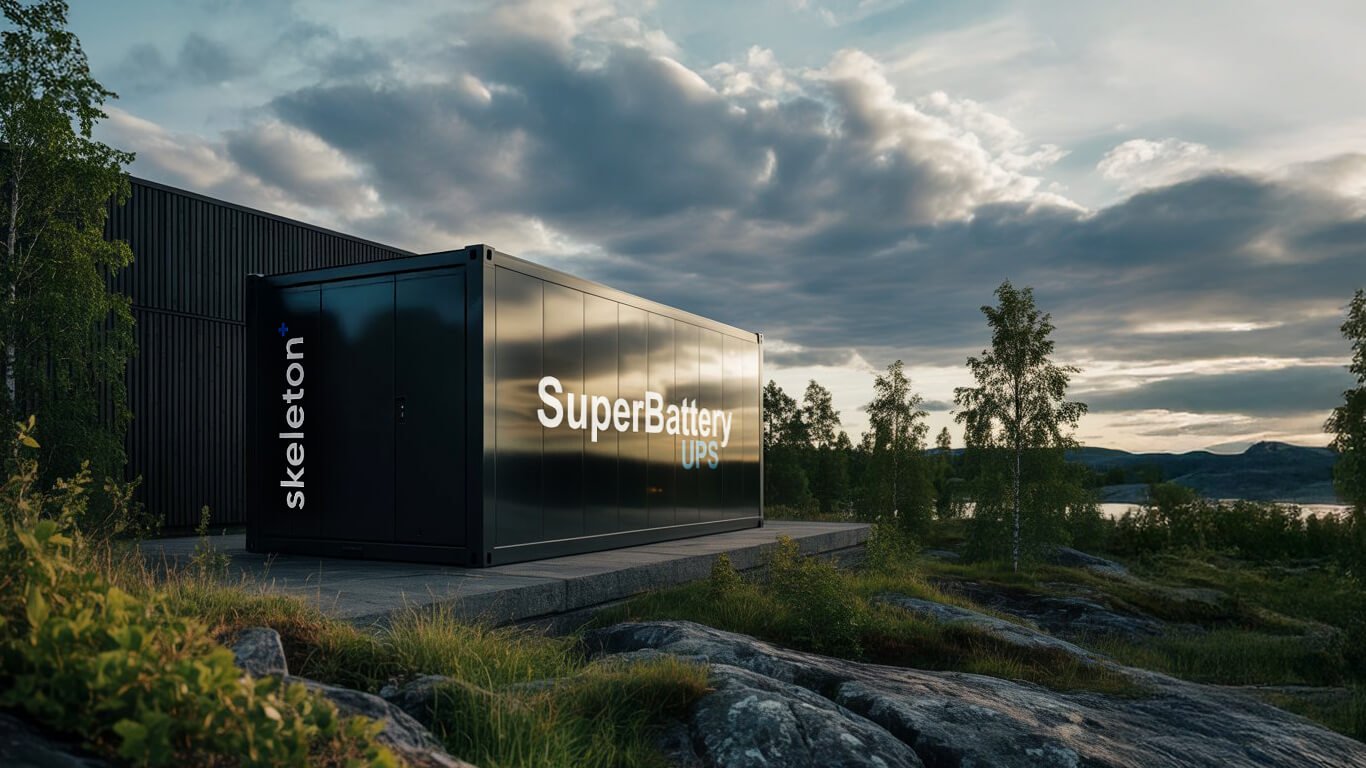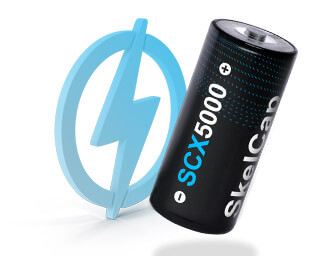
What Is ESR and Why Does It Matter? Part 1
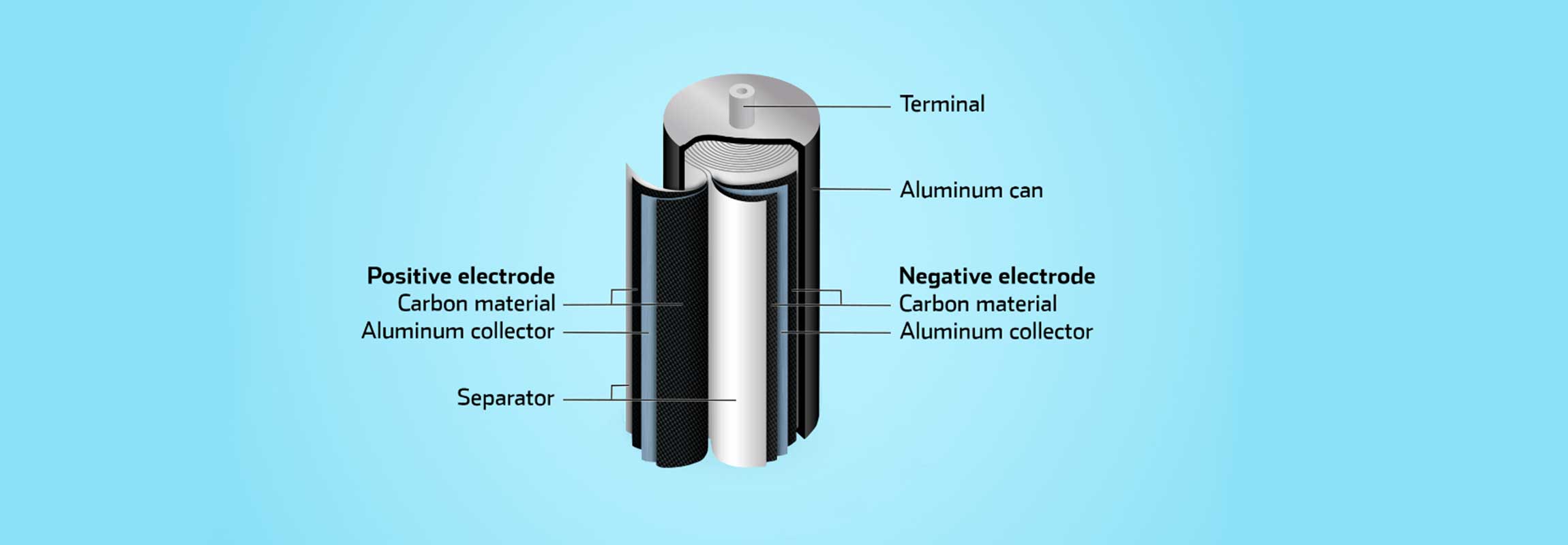
Equivalent series resistance (ESR), also known as internal resistance, is a value representing the loss of useful energy in a simple electronic circuit consisting of a resistor and an ideal (perfect) capacitor.
Technically speaking, the energy is not lost but is usually dissipated as undesirable heat. The heat is generated when electricity flows through any material, including the materials that an ultracapacitor (supercapacitor) is made of: carbon, separator paper, electrolyte, and aluminium.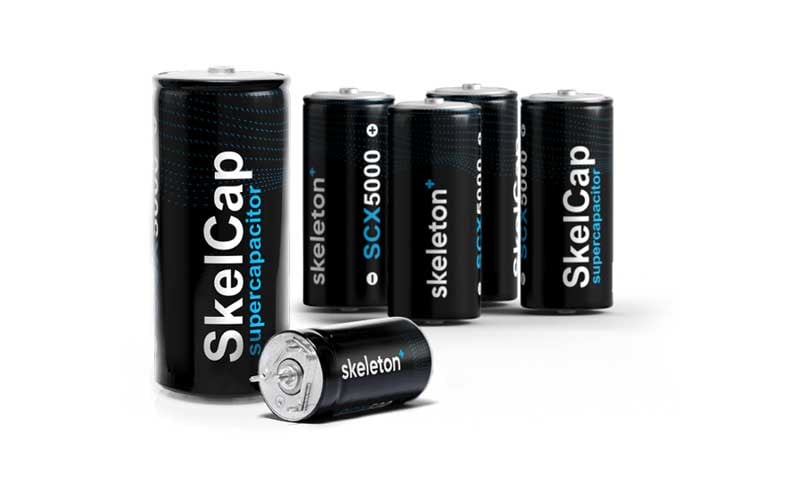
Contact, Pore, and Total Resistance
There are three types of resistance that are commonly measured: contact, pore, and total.
Contact resistance is the resistance seen in the electrical current’s path, which includes the capacitor terminals, the aluminum foil current collector, the microscopic boundary gap between the electrode carbon layer and the foil current collector, and the carbon structure of the electrodes.
Read part 2 of our ESR blog post series here and you'll know why SkelCap ultracapacitors lead the way
Pore resistance is the result of atomic forces between electrolyte ions and the carbon structure of the electrodes that holds them in place (also called “ensnarement”).
Finally, the total resistance is simply the sum of the contact resistance and the pore resistance.
ESR is Lower at Higher Temperatures
Internal resistance is inversely proportional to temperature, so higher temperatures produce lower resistance. This is a result of the ultracapacitor’s basic electrochemistry.
Internal resistance varies widely by manufacturer and the design of the ultracapacitor, depending upon whether the electrodes are tuned for higher power (highly graphitized) or energy density (highly porous carbon).
The Effects of ESR
According to Ohm’s law, an electric current flowing through a resistance causes a decrease in voltage. When an ultracapacitor is charged or discharged, some of the energy is lost by the dissipation of power (usually in the form of heat). The dissipated power causes the ultracapacitors to warm up.
A Good Design Produces Thermal Benefits
The increase in temperature is proportional to the ESR, so a higher ESR produces more heat. In practice, a good design means that less system cooling is needed or the ultracapacitors can be deployed in warmer environments without as much degradation. Also, lower temperatures help to avoid premature equipment failures.
Skeleton's ultracapacitor products are designed to minimize the adverse effects of ESR. Check out the second part of the Equivalent Series Resistance blog post to see how we do it.


